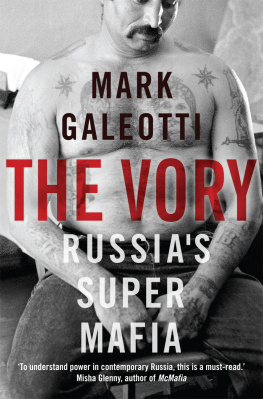CONTENTS



INTRODUCTION
Look after your own property, and you wont accuse your neighbour of bein g a thief.
Afghan proverb
Storm-333 was the Soviet operation that began its invasion of Afghanistan in December 1979, a decapitating strike to remove existing leader Hafizullah Amin and replace him with Moscows chosen successor, and also to paralyse the Afghan command system to ensure no resistance. As such, it was in many ways a textbook operation, one that successfully carried out its mission against often fierce resistance, with far fewer casualties than anticipated. The irony is, of course, that this triumph launched a lengthy, misconceived and miserable war that the Soviets did not truly lose in military terms, at least but certainly failed to win. What was intended as a six-month stabilization operation ended up becoming a ten-year war that left some 15,000 Soviets and perhaps a million Afg hans dead.
Then again, Afghanistan is hardly a stranger to the interference of imperial powers, and Afghans are used to dashing their hopes of quick, neat victory. In 1838, the British invaded to replace Emir Dost Mohammad as ruler in Kabul with his rival Shah Shuja. Later, after the bloody 1842 retreat from Kabul, they had to put Dost Mohammad Khan back into power. In 2001, a US-led invasion toppled the Taliban and placed Hamid Karzai in power and allied forces are still mired there. In between, it was the Soviet Unions turn to try and ultimately fail to impose its will on the recalcitran t Afghans.
After all, the Cold War was a time of coups and killings, of inconvenient regimes being toppled and friendly dictators propped up. Moscow had never really considered Afghanistan rural, Muslim, fragmented and decentralized as either a crucial battleground or a likely candidate for MarxismLeninism. Indeed, the commissars of the Kremlin had had perfectly amicable relations with King Mohammed Zahir Shah, who reigned from 1933 to 1973. As one retired Soviet diplomat of the times told me, essentially they didnt bother us, and we didnt bother them. The Soviets were happy to provide development aid while asking or expecting little in return. A bloodless coup in 1973 by Mohammed Daoud Khan who had been at once the kings cousin, brother-in-law and prime minister in a triumph of multi-tasking meant that a monarchy became a republic, but also brought a more forceful policy towards Afghanistans place in the world that, as discussed below, led to the eventual Soviet int ervention.

This imposing memorial for fallen special operations soldiers of recent Soviet and Russian wars in the Moscow suburb of Khimki cites both Zenit and Grom along with more regular Spetsnaz units. (Andrei Subbotin/CC 3.0)
In many ways, this reflected the assumptions of the times and the specific blind spots of the leaders in Moscow. Although one can question how far they really believed in their MarxistLeninist ideology, as they enjoyed the privileged lifestyle of the Partys nomenklatura elite and watched corruption and black marketeering hollow out the planned economy, they certainly all bought into the notion that the USSR and the USA were locked in a zero-sum contest for the globe. By definition, a country lost from the Soviet sphere of influence was gained by the Americans, and vice versa. Furthermore, they were scared that they were falling behind: politically, economically, technologically. The era of the computer was really just beginning, and the Soviets were painfully aware of just how far behind the West they were. The economy was stagnating, and the population was becoming restive, whatever lies the clumsy official propaganda tried to tell them. In this environment, the old men running the country General Secretary Leonid Brezhnev was 72, and by the time of his death in 1982, the median age of the ruling Politburo, in effect the cabinet, was 70 feared that to show any signs of weakness might only encourage more pressure from both outside and inside thei r borders.
Where did they still feel strong? In the power and discipline of their intelligence and security service, the KGB, and their military. In this time of decay and decline, increasingly they would turn to them as their instruments of last resort, as the Afghans would discove r in 1979.

Afghanistan has certainly earned its title as the Graveyard of Empires, through the centuries. William Barnes Wollens The Last Stand of the 44th Regiment at Gundamuck captures the last battle of the disastrous British retreat from Kabul in 1842, which left only one survivor.



















